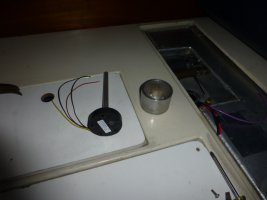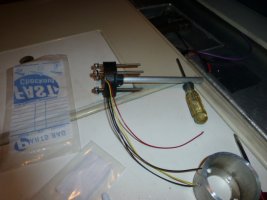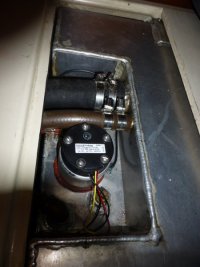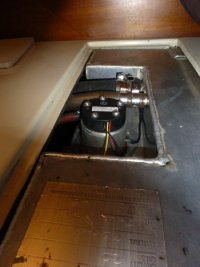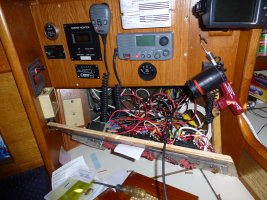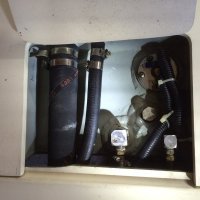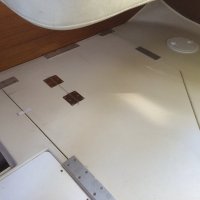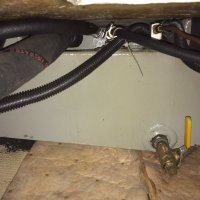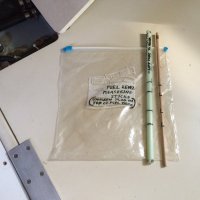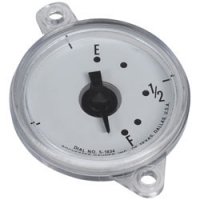supersailor
Contributing Partner
After looking at the many possible senders, I settled on a Centroid Programable unit. It was $60.00. I was given a choice of measuring the tank in eights by emptying it or by having the Engineer Joel measure it based on the factory drawing I provided for $110.00. Bending over the tank pouring measured amounts of fuel into a little hole then measuring it with a tape measure was utterly unappealing so I sprang for the Engineer measure. The results were quite interesting. The bottom 3" of the tank holds 1 gallon while the top 3" holds 14.5 gallons. That means the sender does not start sending until the tank is half full. Joel suggested that I make an adapter that raises the sender 2". The sender is 7/8" thick and add two gaskets and the sender is right at the bottom of the bunk. I had a local machine shop make the 2" spacer out of aluminum. The sender can now read 25.7 gallons and I had him program the sender so that it is accurate based on the 30 gallons the tank holds. The sender does not read the last 1 gallon. That is my reserve. Because the sender sends a voltage reading to the gauge, I used a Westach 2C7V gauge from Aircraft Spruce and Specialty Company, Corona, California . It has a cute little set of wings on it.
Anyone with a 34-2 can contact Joel directly at joel7@cfl.rr.com and order a sender just like mine for $60.00. This solution would also work for the 32-3, the 35-3 and the 38 but I think the sender would have to be calibrated to your tank ($110). My factory manual has a scale drawing of the tank in it so I think yours will also.
If anyone is interested, I have the calculations for the 34-2 tank from Joel showing the tank capacity at .25 gal intervals. Send me a private e-mail at rwm91@hotmail.com and I'll send them to you. They are kind of bulky for a general post.
Attachments
Last edited:

